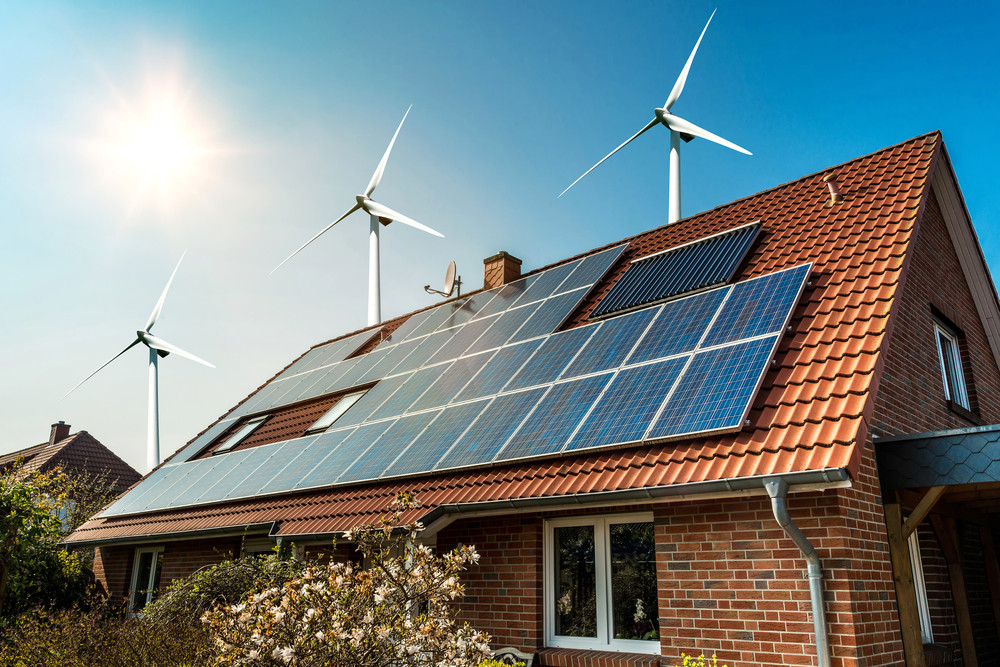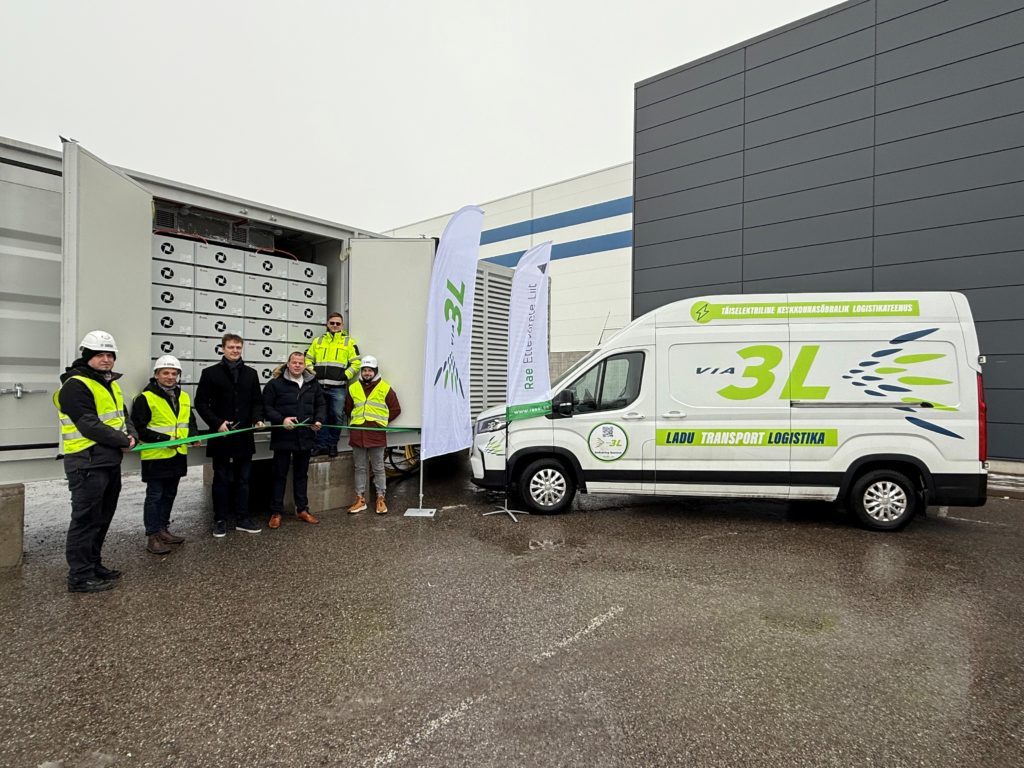Energy labels
More about the energy label and audit

Energy labels
When new buildings are designed, we assist the developer, architect, and designer from the early stages of the design or preliminary design plan. We perform dynamic simulations with a 3D model programme (IDA ICE) before an energy label is assigned, so that all the energy efficiency indicators are already known when the design phase begins. This helps to save costs on redesign later.
The modelling allows us to test and select the thickness of the appropriate insulation, U values for windows, the most optimal fuel source, determine heat recovery indicators for the required ventilation assembly, and plan the possible solar panel system with output and return on investment, both before and during the design phase.
We also issue energy labels for existing buildings.
Existing buildings need an energy label in the following cases:
- All public buildings (offices, educational institutions, shops, hotels, etc.) with a useable floor space of more than 500 m2. In the case of buildings of the state and local governments, the limit is 250 m2.
- In the case of a purchase and sale transaction of a building
- When renting a building, if the tenant so wishes
- In real estate advertisements, where the energy efficiency class and energy efficiency number of the building must be indicated
We have prepared over 3,000 energy labels and energy efficiency models!
Energy audit
We carry out energy audits and cost-benefit analyses for buildings in order to find suitable measures for saving energy. Our field of activity ranges from residential to commercial buildings.
For existing buildings, a detailed energy audit helps to determine areas that use the most energy and what the most cost-effective energy saving measures are.
The energy audit of a building is based on measurements and data collected. It provides an overview of the technical condition of the building, energy costs and losses, and opportunities for savings and improving the indoor climate.
During each energy audit, we carry out measurements of the indoor climate (air temperature and humidity, including CO2) for a more accurate overview.
Thermography, or thermal inspection, helps to more accurately visualise the surface temperatures of a building. This allows the possibility to detect problems that cannot be seen with the naked eye. With the help of thermography, it is possible to more accurately determine places with poor insulation, cold bridges, air leaks, and moisture damage.
We have carried out energy audits for more than 300 apartment buildings and non-residential buildings all over Estonia!
Useful links to legislation:
Building Code:
https://www.riigiteataja.ee/akt/121122019005
An Act to Implement the Building Code and the Planning Act
https://www.riigiteataja.ee/akt/122022019013
Requirements for energy performance certificates and for the issuing of energy performance certificates
https://www.riigiteataja.ee/akt/122082019004
The minimum requirements for energy performance
https://www.riigiteataja.ee/akt/122082019002
The methodology of calculating the energy performance of buildings



